|
Absent the avenues, as in the major urban centers, to turn my grief and fear of hate into collective action, a two-day solo search recharged my soul, fortitude, drive and purpose in lands eroded by water and wind, exposing eras of fertility and drought, abundant life, abrupt death and life again. My work continues.
Makoshika State Park
0 Comments
FLOW: Interactive Exhibition and Community Project
Another big project ... another endeavor to encapsulate the many woven together parts of rewarding and meaningful community engagement. It began with a big, but, initially, manageable goal, given our backgrounds - to bring more people into the gallery and to engage them across departments, across the city and between the two institutes of higher education in Billings around the theme of water issues and focused on the Yellowstone River. Early on, we consulted MSU Billings' long-range plans, goals, & strategies and ... Leanne Gilbertson, a Ph.D of Art History and Nothcutt Steele Gallery Director at MSU Billings and me, an artist curator with a passion for community engagement, were soon neck deep in conversations with potential partners, who were enthusiastic and willing to sign on. The gallery was set up as a laboratory and nexus for exploration and dialogue with an exhibition of my Grottoes - mixed media wall sculptures with video meditations on water - and juried works by students and alumni. We commissioned two students, Bonny Beth Luhman and Ariel Grossfield, to create an animated short about river users. Art Ed students discussed water issues with the Girl Scouts, Boys & Girls and other K-8 students, who then made 5 x 7 panels with their responses. Presentation of research by Rocky Mountain College students. Precious MacKenzie, teacher of English at Rocky Mountain College, donated her water-themed children's books to the MSU Billings library, which became the anchor for pre-school readings there. Poetry and jazz students held a water-themed reading and improvisation night. Northern Plains Resource Council and Eric Warren presented his film "Mixing Oil and Water" featuring conversations about oil & gas development along the river. Dr. Susan Gilbertz offered a course for students from both campus about the findings from the Yellowstone River Cultural Inventory, which was part of the 16 year, most comprehensive study in the world on a watershed, our Yellowstone River, which was the basis for our keynote symposium, which included Dr. Gilbertz' students, some of the key scientists of that study (Warren Kellogg, Burt Williams and Kayhan Ostovar) as well as a beautiful argument for personhood rights for rivers. The amount of creativity and information shared and the community of collaborators, brainstormers, participants and supporters was a heart-warming overlay and reward for the intensity of coordination: Gerard Baker, Sue Beug, Karin Calabrese, Reno Charette, Michelle Dyk, Teresa Erickson, Megan Fetters, Samantha Finch, Karen Gutfreund, Leanne Gilbertson, Ph.D, Susan Gilbertz, Ph.D, Ilene Goddard, Ariel Grossfield, Tami Haaland, Ruby Hahn, Joy Honea, Hannah Hostetter, Warren Kellogg, Luke Kestner, Korilynn Kessler, Carrie La Seur, Ph.D, J.D., Jodi Lightner, Bonny Beth Luhman, Larry Mayer, Precious McKenzie, Joel Miller, Patrick Mueller, Kelsey Nix, Carolyn Ostby, Kayhan Ostovar, Mara Pierce, Ph.D., Megan Poulette, Tabetha Rindahl, Brent Roberts, John Roberts, Maria Selvig, Stephanie Slavin, Rebecca Summers, Peter Tolton, Patricia Vettel-Becker, Ph.D., Eric Warren, Burt Williams, Patrick Williams, Dylan Woods and so many more who came to share their thoughts, listen and expand the dialogue around water issues, rights, access and conservation in our region. Project overview page with links to further details at https://www.sherricornett.com/flow-interactive-exhibition-and-community-project.html When Priscilla Otani and I decided to piggy back on the success of her previous postcard projects for the Women's Caucus for Art and the United Nations, we had no long range goals other than to give women, men and children a chance to consider the impacts women have had on the economy, human rights, education, the environment, world health religion, the arts, sports, politics and peace. We were inspired by the work of the UN Women's HeForShe campaign and its Beijing+20 program, celebrating the First World Women's Conference.
The call went out and the cards came in - steadily and from around the world, starting with a post card making gathering at my house and including gatherings in the Bay Area and classrooms around the country. The growing collection traveled, in 2015, to the WC and CAA Conferences, to the UN Commission on the Status of Women Conference and our International Caucus UN Program parallel event there, to Honey's Cafe in Red Lodge, Montana, and, in 2016, to the Torpedo Factory Art Center in DC, the Women's History Month Exhibition at St. Louis Florissant Valley Community College (near Ferguson), Arc Project Gallery in San Francisco and ... all were collected in our online gallery. Some samples are above. The resulting mosaic of cards is a rich and inspiring diversity of media and message and women! Thank you to all who nurtured this along its path, including Maureen Burns-Bowie, Janice Nesser, Maggy Hiltner, Kerry Wolfson, Cherie Redlinger, Michael Yochum, and Stephen Wagner. More information and photos of events at https://www.sherricornett.com/women-do-it-traveling-postcard-exhibition.html This last week was most certainly a challenge to inner peace... with family losses and those throughout the world, the most media-evident ones being in Paris, at Garrissa University in Kenya and in Beirut.
This morning I found some solace in a meditation led by Deepak Chopra entitled "Belief Embraces All Differences". Here are some of his messages: "In parts of the world where people are divided and hostile, their faith and deepest beliefs have been distorted and constricted. When it isn't distorted, belief is one of the strongest forces for uniting in a common purpose and vision." "The most divisive belief is 'us vs. them'. The most uniting belief is that humanity is one family.... 'Us vs. them' begins in the ego's desire to feel safe. The ego feels safe with the known and unsafe with the unknown... By clinging to only what it knows, the ego shuts out an entire world of human experience." "The human family should be source of joy. When you find this joy in yourself, you become a unit of peace for the entire world." "Once you share and unite with other people, the ego loses its sense of being separate and insecure." "Open your awareness to see how alike you are with other people and how alike they are with you... It is through small gestures that we begin to express the common spirit that unites everyone." My conversation with myself today:
Choices might be very clear or very subtle, even sub-conscious. If you feel dissatisfied, unhappy, look at your recent actions and the choices you made that lead to those actions. Were they just the easier way, seemingly the safest way? Were you uncertain about doing the alternative? Did you feel some excitement about the alternative choice, but were afraid because you couldn't predict/control/see the outcome? Consider your options and then consider more closely the one that makes your heart beat faster, brings a smile to your face, however tentative, ... What if you gave yourself permission to explore something new, something more healthy for you, something that made you feel lighter, happier, more fulfilled? What is stopping you? Is it truly dangerous or do you just not believe enough in yourself, in your skills and in past experience that can be brought to new ventures? Can you ignore the unhelpful habits and old messages that keep taking your attention back to the parts of your life you do not want? Can you let the unexpected happen without trying to wrestle it into your preconceived expectations? Could you risk just a bit, stare down just a bit of fear in order to explore the alternative? What do you really want? Ask this without listening to those doubts you may have let limit you in the past. What if you could really do this? What would it look like? Don't be afraid to make a list of everything that comes up when you ask this. Then focus on the one that makes you feel most excited; let this idea grow inside you. Your true desires will lift your spirit, will be beneficial to you. Take a step in that direction. I am finishing up my home-made baba ganouj this morning and reflecting on the thought-provoking, conversation-inducing presentation (and delicious Palestinian food) by the staff (the director is Jewish) of #conflictkitchen during the Open Engagement conference in Pittsburgh last month. About how important it is to keep dialogue open between people, even if governments and organizations find it politically incorrect. And how the sharing of food during can assist in these conversations, such as the meals the Half the Sky: Intersections of Social Practice Art delegates shared as we discussed, processed and problem-solved our time and interactions in China.
"Conflict Kitchen is a restaurant that only serves cuisine from countries with which the United States is in conflict. Each Conflict Kitchen iteration is augmented by events, performances, publications, and discussions that seek to expand the engagement the public has with the culture, politics, and issues at stake within the focus region. The restaurant rotates identities in relation to current geopolitical events.... These diverse perspectives reflect a nuanced range of thought within each country and serves to instigate questioning, conversation, and debate with our customers." https://www.conflictkitchen.org/ Photo courtesy of conflict kitchen website MacArthur Fellow RICK LOWE (Project Row Houses)
Keynote Speaker, Open Engagement Conference, #OE2015 Takeaways: Our task as socially-engaged artists is to bring into focus social and community projects that society has lost the capacity to see. Deep listening - Before we act, we need to know the community in which we are working. We need to communicate with and hear our community partners. We need to learn how to see a place versus focusing on "making" a place. It takes courage for us to do this work. Whenever we take a stand, we WILL get our ass-kicked by someone. Thank our critics for the lessons they provided us and keep going. We need to muster the courage to claim the things we believe in. Synchrony, sustaining a rhythm together, group music making... fosters pro-social commitment, communion, caring for each other, supporting each other, and bonding among diverse groups of people. (I encourage you to watch Mathew Marsolek's TedX talk below for a brief introduction.) My enjoyment of building community was expanded and enriched in 1997 when I first discovered polyrhythmic drumming with Matthew and the Drum Brothers at Feathered Pipe Ranch. This path took me to drum and dance retreats, workshops and classes with the Drum Brothers, Babtunde Olatunji, Abdul Dumbia, Joh Camara, Youssouf Koumbasa and others. Perhaps the most powerful and rewarding experiences were several summers at the Boulder River Rhythm Retreat. Brene' Brown encourages the "sweaty creatives", to ignore their nervousness, to be brave enough to put their vulnerability on display, to share their creativity, to show up and be seen, knowing all the while, that by doing so, they WILL get their ass kicked, because that is the consequence of courage.
And, to tell those who are not in the arena, those who are not also being vulnerable, being courageous and getting their asses kicked (see Theodore Roosevelt's quote below), that you are not interested in their feedback. Constructive information? Bring it on.... Creatives do enjoy learning and expanding their skill and perspectives. "It is not the critic who counts; not the man who points out how the strong man stumbles, or where the doer of deeds could have done them better. The credit belongs to the man who is actually in the arena, whose face is marred by dust and sweat and blood; who strives valiantly; who errs, who comes short again and again, because there is no effort without error and shortcoming; but who does actually strive to do the deeds; who knows great enthusiasms, the great devotions; who spends himself in a worthy cause; who at the best knows in the end the triumph of high achievement, and who at the worst, if he fails, at least fails while daring greatly" - Theodore Roosevelt As part of the processing of our massive project in China, "Half the Sky: Intersections in Social Practice Art," several of the artist delegate leaders and I applied for and received a panel at the annual Open Engagement Conference, the artist-led initiative committed to expanding the dialogue around and serving as a site of care for the field of socially engaged art ... this year at Carnegie Melon University in Pittsburgh. Here is the conversational blog we created for the conference catalog:
In April 2014, artist volunteers from the Women’s Caucus for Art (WCA) created an exhibition and interactive events for women artists in China and the U.S. at Luxun Academy of Fine Arts in Shenyang, China, entitled “Half the Sky: Intersections in Social Practice Art (HTS:IISPA)” We were invited by the academy’s president and gallery director, who wished to create a dialogue between artists and their works about women’s issues. WCA has a 40+ years history of activist art, yet the choices about the collection of art and the events we brought to China were greatly influenced by the political and cultural restrictions there. Here is a conversation about our decision-making and reflections over time about our experience from some of the thirteen working delegates who went to China as key figures in this project Blog participants:
PRISCILLA OTANI: We had a serious debate just prior to our social practice art interactive pieces. I recall that we felt conflicted and debated as to whether we should cancel or go forward with the performances. In the end, we decided to go forward. I felt our discussion, and what ensued, was an important milestone. Some of the unease came from a cultural sensitivity, a feeling of not wanting to impose Western values and standards on Chinese students, artists and academics who may not have the same perspective or readiness. I remember making a comment that our role was to “sow the seeds of discomfort,” to bring forth concepts and ideas that may be new, strange and uncomfortable. Of course I didn’t know if in fact we would have any impact at all, or if we would have even an audience. In the end, I felt very good about the events of the day. And after viewing the short video created by Mido Lee, I was surprised at how much of an impact we did have, and based on recent letters, how the women-based exhibition and performances continue to have on students at the Luxun Academy. Nearly a year after our Half the Sky project, in what ways have your views and opinions about what happened with our socially-engaged events at the Luxun Academy changed or evolved? The 64th Annual United Nations DPI/NGO Conference:
Sustainable Societies, Responsive Citizens Bonn, Germany, 3-5 September 2011 Priscilla Otani, president-elect for our Women's Caucus for Art, and I attended as representatives of our NGO. CONFERENCE OVERVIEW The happy sounds of many languages filled the six floors of the Maritim Hotel atrium as the conference began. At the Opening Ceremony, I found myself surrounded by businesswomen from China, people in niqab, saris, and caftans, youth, and many nuns (Catholic, Buddhist, Hindi) some of the representatives of more than 400 NGOs in attendance. We quickly coalesced into the "we the peoples" that starts the Charter of the United Nations. Preamble to the Charter of the United Nations Ban Ki-Moon, Secretary-General of the United Nations, via, video, set the tone for the conference. "We have to be prepared to make major changes…in our lifestyles, our economic models, our social organization, and our political life." He talked about "tearing down the walls between the development agenda and the climate agenda." The call to action for this conference was: COMMIT! ENCOURAGE! VOLUNTEER! I soon had a sense of both the messiness and wonder of civil society and how years of UN conferences have distilled a method for collecting the varied perspectives, views and recommendations asked for, in this case, by the General Assembly in preparation for the Rio+20 Conference on Sustainable Development scheduled for June 2012 in Brazil. At each of the Roundtables, to which all were invited, high-level experts spoke on the topics after which respondents from government reflected back or challenged them on their thoughts. Four to five questions at a time were then taken from the audience and the panel responded. UN staff recorded each of these discussions. The same process, minus the respondents, occurred in the many workshops. Side events gave even more intimate discussion opportunities as did the exhibits, both of which WCA was a part. UN Conference board members worked tirelessly throughout the three days to add to, edit and condense all of this information into the final declaration that reflected the expectations of NGO participants and civil society leaders for the governments attending Rio+20. The declaration was openly discussed for a final time at the closing. Individuals were able to come to the mike, ask for word changes, minor deletions and additions, before the assembly was asked, by show of applause, to accept or reject the declaration before it was given to the German government for presentation to the U.N. General Assembly. KEY CONCEPTS The two key foci of the upcoming Rio+20 are green economy and poverty reduction with the aims of increasing corporate social responsibility, abolishing perverse subsidies (nuclear, oil), financing local sustainable development, and increasing transparency, accountability and opportunities for redress. Sustainable development is meeting the needs of the present without compromising the ability of future generations to meet their own needs. Our EMPHASIS needs to be on these FUTURE GENERATIONS and preparing them to be responsive citizens as they will have no choice but to transition to sustainability. Prairie Lights: Recalling a key chapter in battle against hate
lastbestnews.com Thank you to Ed Kemmick for bringing up this chapter of Billings' history. I had just moved to Billings and started writing an anti-bias children's literature booklet for the Billings Coalition for Human Rights, when leaders, news agencies and our citizens stood up to a series of hate-based activities, spawning what is now the national organization, Not In Our Town, which is having it's twentieth anniversary conference back in Billings this weekend. Our city council is now wrestling with a nondiscrimination ordinance and, again, these entities are standing up and urging these officials to do the right thing. I have a feeling that full, if that is indeed possible, processing of this multi-layered, complicated yet rewarding and surprising project, will take months, if not years, but here is an overview and some initial responses ....
In March 2013, Wei Er Shen, President of LuXun Academy of Fine Arts in Shenyang, Liaoning Province, China invited the Women’s Caucus for Art (WCA), through Jin Deng, to create an art-based cultural exchange and exhibition between artists and essayists juried through WCA and women artists curated in China. He and the Gallery Director Wang Yi Gang were interested in providing an opportunity for Chinese women artists to interact with artists from our organization, to learn more about feminist art history in the west and share their art with our artists. As the Main Representative to the United Nations for and Director of the International Caucus of the Women's Caucus for Art, I enthusiastically embraced this opportunity to direct this project and to further dialogue around women's issues within the framework of an exhibition. In addition to the exhibition, Half the Sky: Intersections of Social Practice Art included a sixteen-member delegation of selected WCA members, thirteen of whom, traveled to Shenyang for the opening of this exhibition and participated in three days of interactive events with the Chinese artists and students of the Academy. Over twenty-five volunteers from the U.S., working in teams, developed, prepped, installed, documented, publicized, fundraised, published, facilitated and traveled to create the many layers of this project. Logistics were beyond daunting, including the bilingual catalog, but, once one begins negotiations with a government such as China, one feels one must proceed, with hopes and bits of promises that the discoveries and connections and knowledge shared between our cultures would, indeed, like child birth, erase the challenges of remote management. And, the results certainly did. A small village of volunteers made this possible: I just rung off with Maureen Burns-Bowie , our WCA International Caucus UN Program Director, and still have chills of excitement and emotion from her description of our UN Program's presentation, "Impressions: Artists Consider the Millennium Development Goals" at the UN Commission on the Status of Women Conference. The packed room was profoundly moved by how our artists document and empower through their work: Ann's with the Rwandan genocide, Mary's with the widows from the Cambodian killing fields, Allison teaching women in Laos to photograph their lives. These women brought professionalism, responsibility, accountability, earnestness and dedication to this project. This is what it takes to pull off a stunning and impactful event. This demonstrates why WCA is an NGO of the UN and how, when we up our game, when we set standards for excellence as artists and activists, the results continue to echo in meaningful ways in our communities and the larger world. My gratitude and congratulations to all involved, but especially to Maureen for having the vision, for finding and bringing these impressive women together and for making this happen. More information and images will come soon from this group and I am happily anticipating them. Yes, artists do change the world.
My words as I narrated the introduction: "Throughout its NGO relationship with the the UN, the Women's Caucus for Art, of WCA, and its artists have created projects that cut across language and cultural barriers to bring attention to world issues. In this film, we will be sharing a rich array of artists and their works, all of which aim to start conversations, birth new ideas, support political freedom and transparency, expand the voices of all people, and create community, To honor Priscilla Otani fully for her commitment to the Women's Caucus for Art - national, international and chapter levels, for her earnest mentoring of women, for her passion for global issues, for supporting artists with San Francisco-based ARC gallery, in which she and her husband Michael are partners and, and… is daunting. Her sharing of her intelligence, experience and business perspectives have reach so many and on many levels. Monday's national WCA board meeting was her last as reigning (yes, Karen and I gave her a crown) president. This was a very challenging year for WCA and some, in her new position as past-president, may choose to sit back and rest. Yesterday, she was excitedly talking about getting into her new additional role as interim treasurer and about her part in our Half the Sky delegation to China in April.
My connection with Priscilla began when I crashed a WCA meeting in NYC a few years ago in order to find out more about this art & activism organization. As soon as Priscilla began talking about her then-role with the WCA international committee and the WCA's NGO status with the UN, I was hooked - not just by the possibilities, but by her. Since then she has generously spent countless hours encouraging and mentoring me - convincing me to go to Bonn, Germany for the UN DPI/NGO Conference on Sustainability, at which we decided to push WCA's international focus beyond the UN to other global collaborations and then making it enticing for me to be the leader of this effort. Who knew two years ago, that I would be developing projects in South Korea and China? Certainly, not me. And mine is just one example of how Priscilla invests herself, her time, her heart into the women around her. Priscilla is the kind of leader who makes volunteer-run organizations, such as WCA, stay effective. It is not just the number of hours she gave to make WCA work last year as she ran a board with key positions unfilled, but the priority she places on assisting her colleagues and the younger women coming into WCA as they define and expand their career paths and passions. As one of those who has benefited greatly by her immense generosity, I want you to know, Priscilla, that I am a better person from knowing you and am forever grateful. |
AuthorA place to decant my brain, to capture inspiration and share fresh insights. [Posts from 2015 onward] Categories
All
Archives
July 2024
|

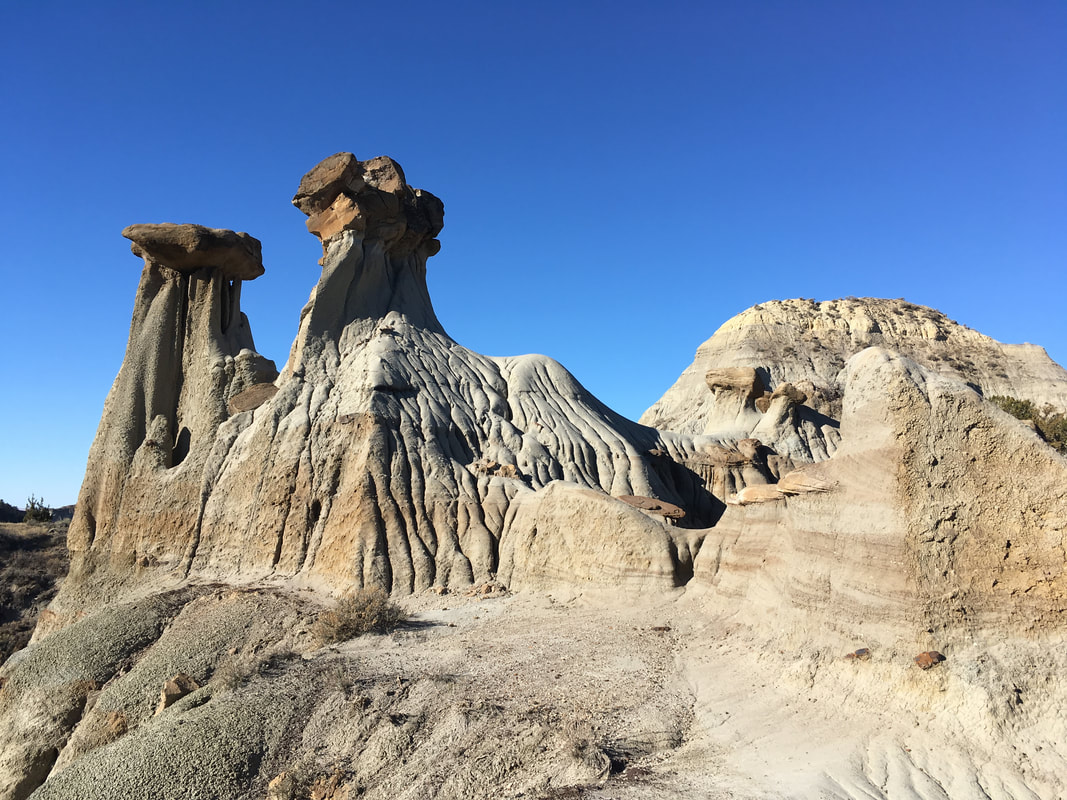
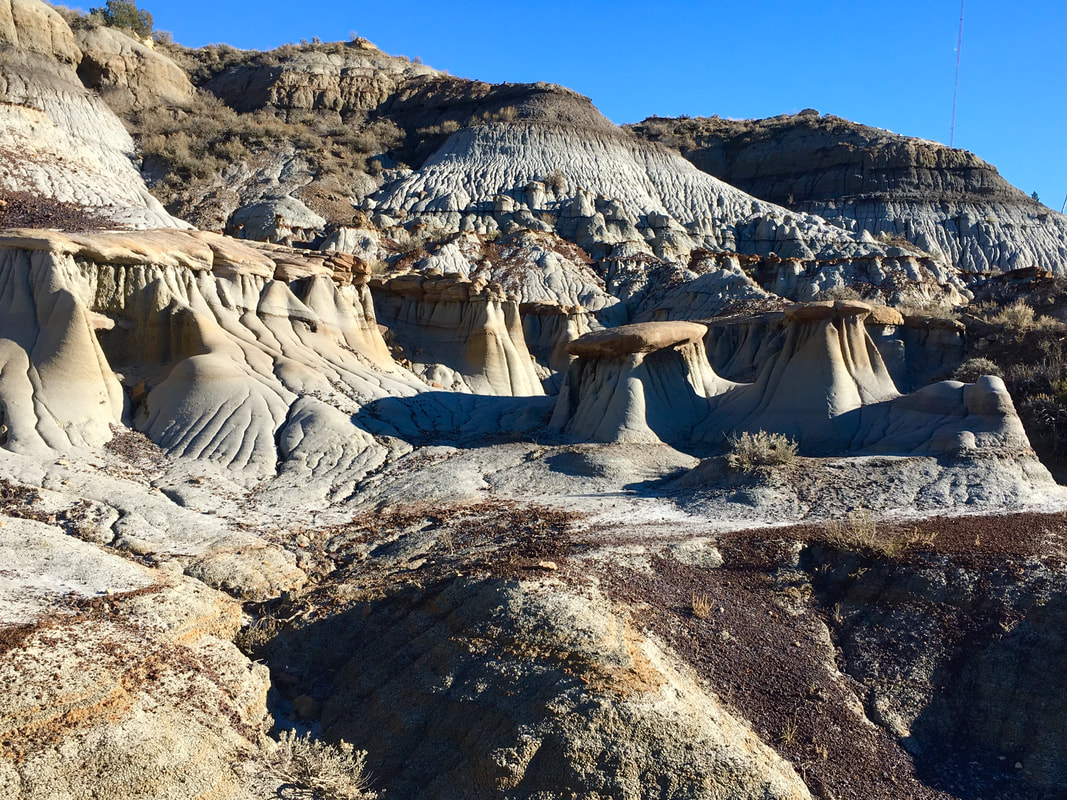
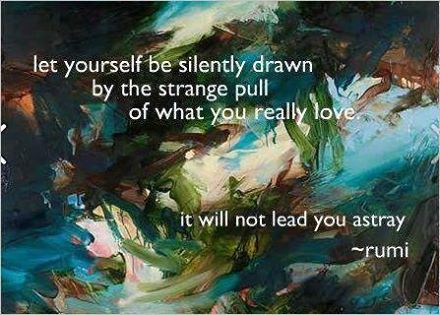



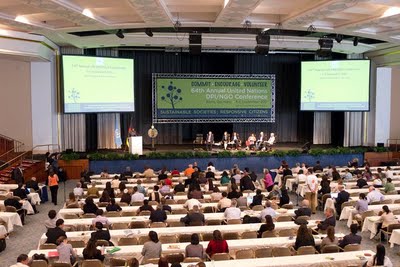



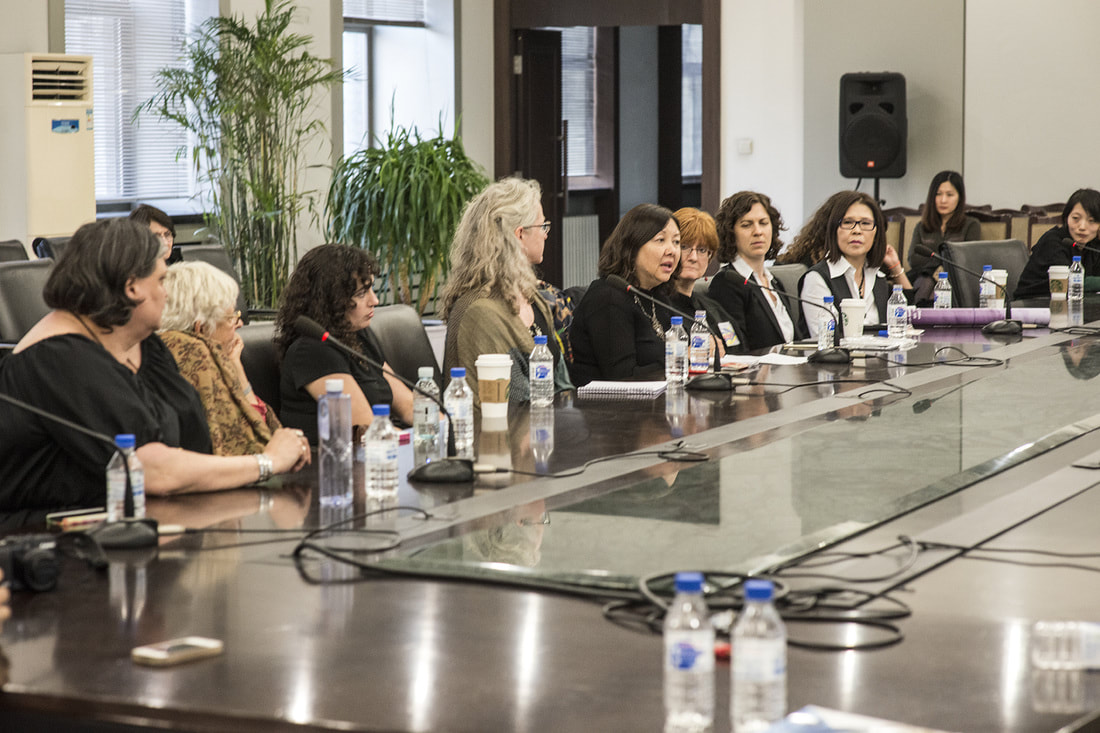

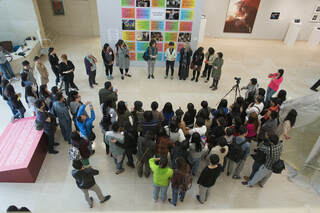
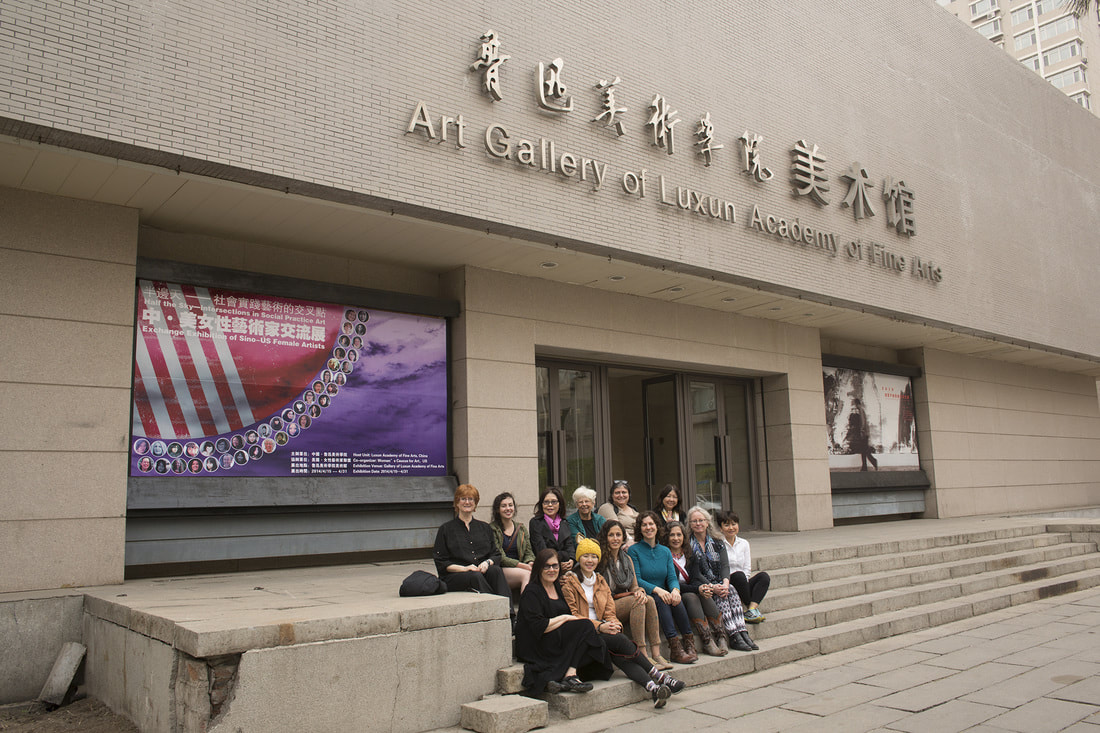



 RSS Feed
RSS Feed